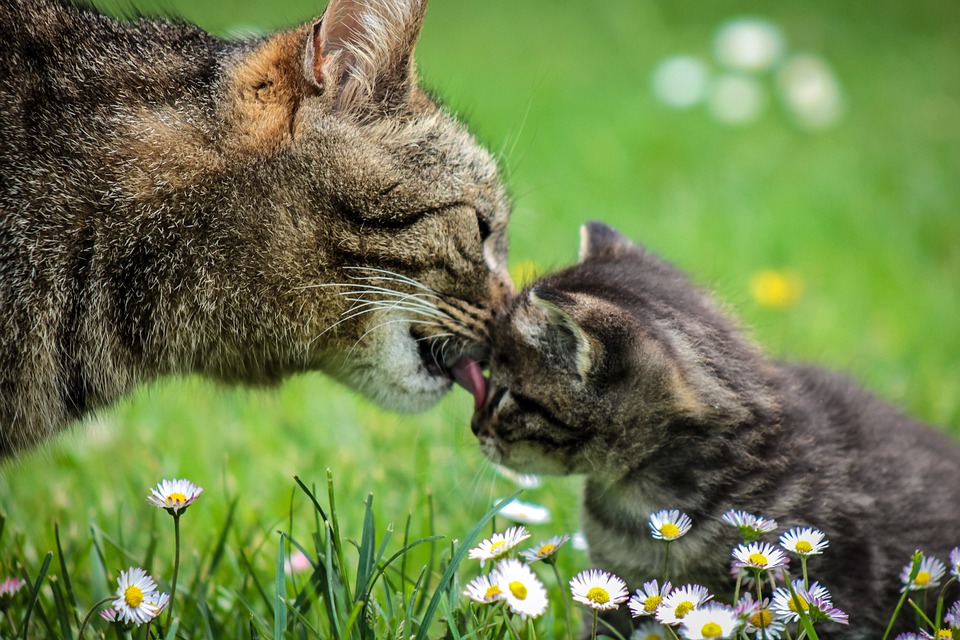Hip dysplasia is a common condition that affects cats, particularly those with certain breeds and genetic predispositions. It is characterized by an abnormal development of the hip joint, leading to pain, discomfort, and limited mobility. In this article, we will explore the causes, symptoms, diagnosis, treatment options, and supportive measures for cats with hip dysplasia.
Causes of Hip Dysplasia in Cats:
There are several factors that can contribute to the development of hip dysplasia in cats. These include genetic predisposition, overweight and obesity, nutritional factors, and excessive exercise or physical stress. While some cats may be genetically prone to hip dysplasia, environmental factors can also play a role in its development.
Symptoms of Hip Dysplasia in Cats:
Cats with hip dysplasia may exhibit a range of symptoms, including limping or reluctance to walk or jump, decreased activity level, stiffness or difficulty in rising, loss of muscle mass in the hind legs, and pain or discomfort when touched around the hip area. If you notice any of these symptoms in your cat, it is essential to seek veterinary attention for a proper diagnosis.
Diagnosis of Hip Dysplasia:
To diagnose hip dysplasia in cats, a veterinarian will conduct a physical examination, assessing the cat’s gait, range of motion, and any signs of pain or discomfort. X-rays and radiographic evaluation are often necessary to confirm the diagnosis. In some cases, sedation or anesthesia may be required for a thorough evaluation of the hip joint.
Treatment Options:
The treatment of hip dysplasia in cats aims to alleviate pain, improve mobility, and enhance the cat’s overall quality of life. Depending on the severity of the condition, various treatment options may be recommended. These include medications for pain management, weight management through a balanced diet and exercise, physical therapy and rehabilitation exercises, joint supplements to improve joint health, and surgical interventions such as femoral head ostectomy or total hip replacement.
Supportive Measures and Lifestyle Changes:
In addition to medical treatment, there are several supportive measures and lifestyle changes that can help cats with hip dysplasia. Providing a comfortable environment with soft bedding and elevated resting areas can reduce pressure on the hips. Easy access to litter boxes and food bowls without jumping or climbing is also essential. Assistive devices like ramps or steps can help cats climb onto furniture or reach higher surfaces. Raised food and water bowls can reduce strain on the hips.
Exercise and physical therapy can play a crucial role in managing hip dysplasia. Controlled exercise routines that maintain muscle strength without causing excessive stress are recommended. Veterinarians can guide owners in performing gentle stretching and range-of-motion exercises to improve joint flexibility.
Weight management is vital for cats with hip dysplasia, as excess weight can exacerbate the condition. Consultation with a veterinarian to develop a weight loss plan, if necessary, is essential. Specialized diets focused on weight control and joint health can be beneficial.
Frequently Asked Questions (FAQs):
1. Can hip dysplasia be prevented in cats?
While it cannot be entirely prevented, maintaining a healthy weight, providing balanced nutrition, and avoiding excessive physical stress may reduce the risk of hip dysplasia.
2. Can hip dysplasia be cured in cats?
Hip dysplasia is a chronic condition, and there is no cure. However, appropriate treatment and supportive measures can significantly improve a cat’s quality of life.
3. Is surgery the only treatment option for cats with hip dysplasia?
Surgery is not always necessary and depends on the severity of the condition. Non-surgical interventions, such as pain management, weight control, and physical therapy, can often provide relief.
4. Can cats with hip dysplasia lead a normal life?
With proper care, cats with hip dysplasia can lead fulfilling lives. They may require some modifications and ongoing management, but they can still enjoy activities and play.
5. Is hip dysplasia common in specific cat breeds?
Certain breeds, such as Maine Coons and Persians, are more prone to hip dysplasia, but it can occur in any breed or mixed-breed cat.
Conclusion:
Cats with hip dysplasia require special attention and care to ensure their wellbeing. By understanding the causes, symptoms, and various treatment options, cat owners can make informed decisions and provide the necessary support to improve their beloved feline’s quality of life. Regular veterinary check-ups and implementing supportive measures can significantly contribute to managing this condition effectively.








